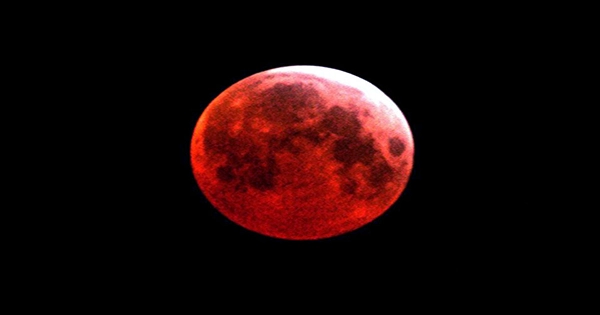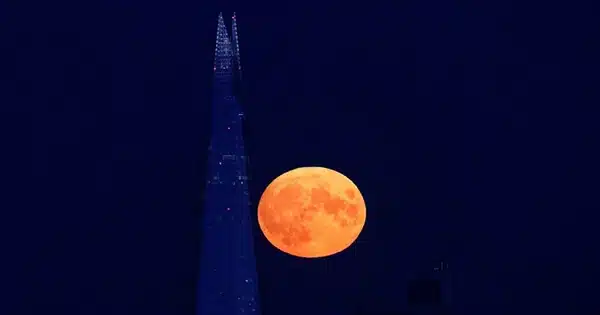August is an exciting month for moon enthusiasts since it begins and ends with a supermoon. The Full Sturgeon Moon rises on Tuesday, August 1, and the month concludes on August 30 with the Full Blue Moon.
Both of these full moons are not only supermoons, but they also mark the halfway point in a series of four such lunar phenomena that began with the Full Buck Moon on July 3.
According to In the Sky, the Sturgeon supermoon will rise at 9:30 p.m. EDT (0130 GMT on Aug. 2) and set at 5:11 a.m. EDT (0911 GMT) on Wednesday, Aug. 2. You can see the full moon rise here on Space.com via this free live stream from The Virtual Telescope Project, which is located just outside of Rome, Italy.
The lit lunar face will diminish after the Sturgeon full moon, and the moon will be described as “waning.” Each day, the declining moon will rise and set an hour later. This sets the stage for the next new moon on Wednesday, August 16, 2023.

The moon will be entirely dark during the new moon, which marks the beginning of a new 29.5-day lunar cycle, and will rise and set at approximately 6 a.m. and 6 p.m., respectively. This indicates that the moon is completely missing from the night sky during the new moon.
Following the new moon, the illuminated side of the moon will begin to shift toward Earth, causing the illuminated lunar face to gradually brighten. Astronomers refer to this phenomenon as “waxing.”
This will be followed by the August 30 Full Blue Moon, which will rise at 7:10 p.m. EDT (2310 GMT) from New York City and set at 6:46 a.m. EDT (1146 GMT) on Aug. 31.
But what gives these August full moons the term “supermoon,” and what distinguishes them from “regular” full moons?
Supermoons arise because the moon’s orbit around the Earth is not a perfect circle, but rather a flattened circle or an ellipse. This means that during the moon’s 27.3-day orbit, there are times when it is closer to the Earth and times when it is further away. The observable size difference between the moon’s closest point, perigee, and its farthest point, apogee, is around 14%.
A supermoon occurs when the moon is both in its full moon phase and nearing the end of its 29.5-day lunar cycle. This means that a supermoon is officially referred to as a “perigean full moon.” However, for a supermoon to occur, the moon does not have to be at its closest point to Earth.
According to eclipse expert and retired NASA astrophysicist Fred Espanak, the moon will be 222,158 miles (357,530 km) from Earth during the Full Sturgeon Moon. This is in contrast to its usual distance of approximately 238,000 miles (382,900 km). The moon’s perigee occurs on August 2 at 01:52 EDT (0552 GMT) during the Sturgeon moon’s full phase.
According to Almanac, the moon will be approximately 222,043 miles (357,343 kilometers) from Earth on August 30. This will make the supermoon of 2023 the closest and brightest, but how big of a difference will this make to our vision of the moon?
Supermoons can brighten the moon by roughly 30% and increase the size of the lunar disk by 14% as seen from Earth. These variations are evident to moon-watchers with extensive experience monitoring lunar events, but they aren’t as noticeable to the untrained eye if you don’t pay close attention to the moon regularly.
The “summer of supermoons” concludes on September 28 with the Full Corn Moon, which occurs five days after the September equinox, which marks the end of summertime in the northern hemisphere on September 23. Unfortunately, there will be no matching Supermoon spectacle next year. The first of only two supermoons in 2024 occurs on September 18, 2024, with the second and final supermoon of the year occurring a month later on October 18, 2024.
If you want to see any of the three impending supermoons, beginning with the Sturgeon Moon, our top telescopes and binoculars guidelines are a wonderful place to start.
If you want to shoot the moon and the night sky in general, read our guide to photographing the moon, as well as our best cameras for astrophotography and best lenses for astrophotography.









